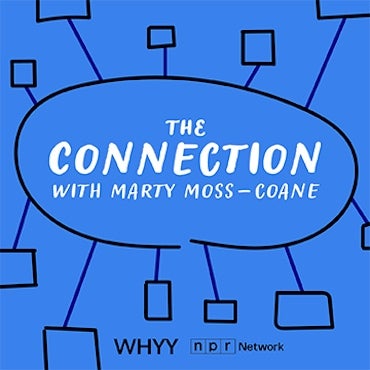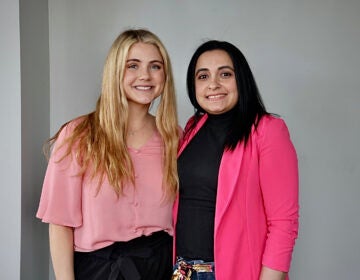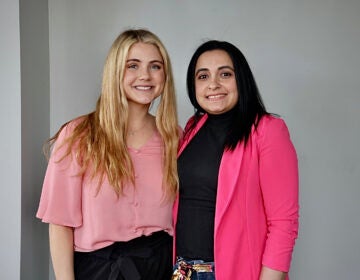Black and Latino children are often overlooked when it comes to autism

Mounting research suggests that African-American and Latino children with autism are diagnosed late because of bias on the part of health care providers or a lack of information among patient families. (Shannon Wright for NPR)
Sherry Alvarez says she knew there was something different about her son since he was about 9 months old. Back then Sherry says his pediatrician told her there was nothing to worry about, ” ‘Boys are a little slower than girls, so let’s just wait until his second birthday.’ ” We aren’t using Sherry’s son’s name to protect his privacy.
By her son’s second birthday, Sherry says she was getting desperate. She didn’t know why he wasn’t talking yet or showing affection like other kids. At 2 1/2, he was referred to Children’s Hospital Los Angeles.
There, after four hours of tests, Sherry says the doctor handed her a 20-page report explaining his autism spectrum disorder diagnosis, among others. She says she was paralyzed by emotion.
ASD is a disease that affects people of all races and ethnicities, but research shows that African-American and Latino children with autism are diagnosed at older ages than white children, giving them less of an opportunity for proper intervention and treatment.
This is especially true of minimally verbal kids like Sherry’s son and there are many possible reasons for a late diagnosis. Some families face healthcare access issues and prohibitive costs for treatment, and some families just don’t know how important it is to get diagnosed to move on to the treatment phase. The dialog between doctors and minority families during the diagnosis process is critical.
A recent study from Georgia State University found that African-American parents reported fewer concerns about behaviors like delayed speech and repetitive behaviors, even though their children showed a greater severity with these symptoms, overall. But, of course, it isn’t all up to parents.
“There are very likely parent aspects of this and very likely clinician aspects of this,” says Meghan Rose Donohue, a lead researcher on the study. Perhaps families, like Sherry’s, don’t have the information necessary to really push physicians, but it is also possible that doctors don’t take these cases seriously enough from the beginning.
Families and doctors, alike, can mistake ASD for simple bad behavior, especially in boys, as research has shown over the past couple of decades. A 2001 study at McGill University in Montreal found that doctors were more hesitant to diagnose ASD in minority families.
In 2007, a study by a team at the Center for Autism and Developmental Disabilities Research and Epidemiology, University of Pennsylvania, found that African-American children were 5.1 times more likely to be misdiagnosed with conduct disorders before being diagnosed with ASD.
When Sherry was growing up, she had a cousin who the family thought of as “different,” she says. “He was basically hidden. We didn’t talk about it as a community.” He had autism. “We have to retrain ourselves. It’s not OK to hide our kids.”
Regional Centers in Los Angeles, which offer services to the developmentally disabled, are now starting to look at the diagnosis disparity problem. Westside Regional Center in Culver City just received a grant from the state to look at how autism diagnosis disparities manifest within their intake and treatment programs.
“We’ve implemented a series of trainings with intake counselors on cultural awareness and sensitivity, and we’re starting to have a lot of conversations about biases,” says Tom Kelly, Westside’s chief psychologist.
One of the apparent biases among intake counselors at the center stems from the difference in the documentation that arrives with each new child. African-American families tend to arrive at the center with lots of documentation detailing behavior issues from their child’s school or social services. With all those official papers sitting in front of them, it’s much easier for a counselor to think “behavior disease” rather than “autism,” says Kelly.
And that disparity exists in dollars spent, as well. As reported in a 2017 survey, South Central Regional Center spends $8,000 less per client than the Westside location and the racial disparity persists statewide.
But there are more resources for minority families today than compared to when Sherry’s son was young. The Autism Society of Los Angeles runs a hotline to help parents navigate the diagnosis and healthcare landscape and Children’s Hospital Los Angeles now employs liaisons to help families connect with the right resources. But, the spending gap persists.
Today, Sherry says her now 15-year-old son is happy. He attends Hamilton High School and communicates almost solely through a typing device. “This is the time in his life where those early treatments could have made a difference,” she laments.
—
9(MDAzMzI1ODY3MDEyMzkzOTE3NjIxNDg3MQ001))




